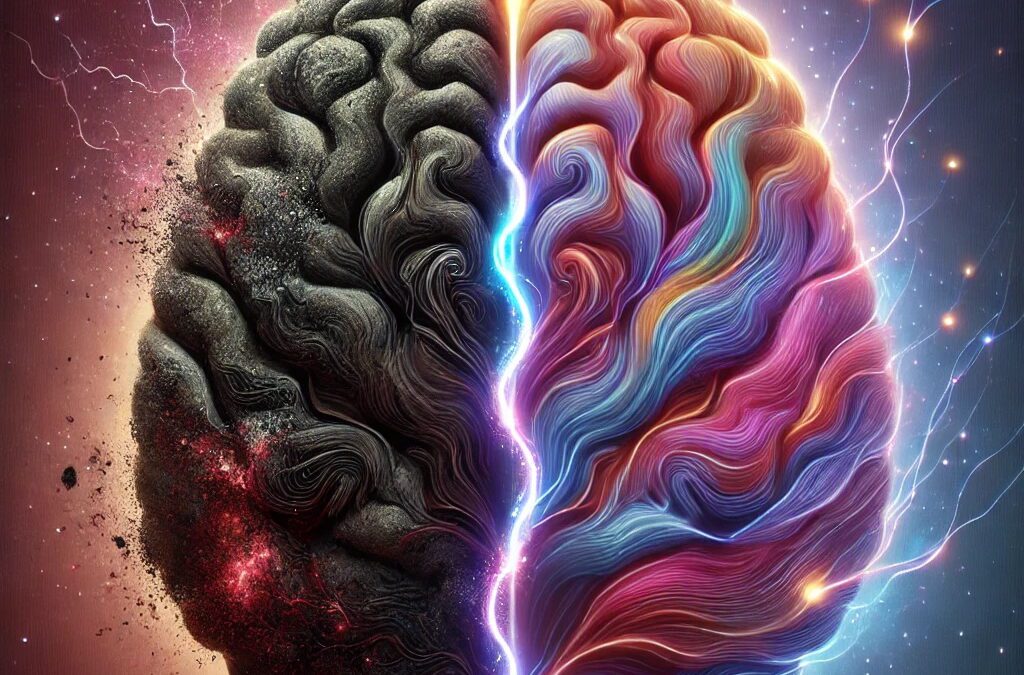During a traumatic event, parts of the brain can become overwhelmed and shut down, resulting in the memory of the event not being properly processed and stored. When a memory is not properly “digested” it can leave a person experiencing various distressing symptoms such as hyperarousal, anxiety, depressed mood, nightmares, flashbacks, etc. Eye Movement Desensitization and Reprocessing, or EMDR, is an evidence-based therapy that can be utilized to resolve the negative impacts of trauma memories. EMDR uses bilateral stimulation (back and forth sensory inputs that activate both sides of the brain, such as eye movements, sounds, or tapping), while recalling a distressing experience, to help the brain “redigest” the traumatic memories. Through this process, negative thoughts and feelings associated with the event of the past (Ex: I am not safe or I am a failure.) get naturally reconnected to what is true in the present (I’m safe now or I can succeed.). As a result of past and present information getting integrated, the intensity of negative emotions, negative beliefs, or behavioral reactivity associated with the memories are greatly reduced or completely resolved.



Common questions:
What makes EMDR different than other trauma therapies?
In addition to bilateral stimulation as a hallmark trait, EMDR does not require clients to verbalize all of the details of their trauma, which some clients may prefer. Instead, clients identify brief aspects of a traumatic memory and provide updates on what they are recalling during the process.
Will EMDR erase my memories?
No. EMDR reduces or resolves negative emotions or beliefs associated with the memory, but the memory itself stays intact. After EMDR connects the traumatic memory from the past with what is true in the present, an individual is able to think about the memory without being emotionally triggered by it.
Is EMDR like hypnosis?
No. A client participating in EMDR is fully awake, alert, present, and plays an active role in the process. Treatment can be immediately paused or stopped at the request of the client.
How long does EMDR treatment last?
Every client is different, so the length of treatment is adjusted to meet individual needs. EMDR treatment may range from a few sessions to a longer period of time. While treatment periods vary, studies suggest that EMDR may provide relatively rapid results when compared with other trauma therapies, especially for single-incident traumatic events.
Can any therapist perform EMDR therapy?
No. Before receiving EMDR therapy, you should ensure that your therapist is fully licensed in your state and has completed an EMDRIA-approved training program.
Written by Betsy Moss, Omaha & Gretna Location – MS, LIMHP, LIMFT, LMFT
Spence Counseling Center provides Christ-centered counseling services that integrate Biblical truth with professional therapeutic practices. With a team of experienced counselors, we help individuals, couples, and families find healing, hope, and growth through faith-based guidance. Our mission is to walk alongside clients as they align their hearts and minds with God’s Word, fostering lasting emotional, spiritual, and relational health. Wherever you may be in life’s journey, we are committed to helping you find strength, knowledge, and the skills to break the patterns that damage relationships and cause emotional pain. We help hurting people find genuine healing.

